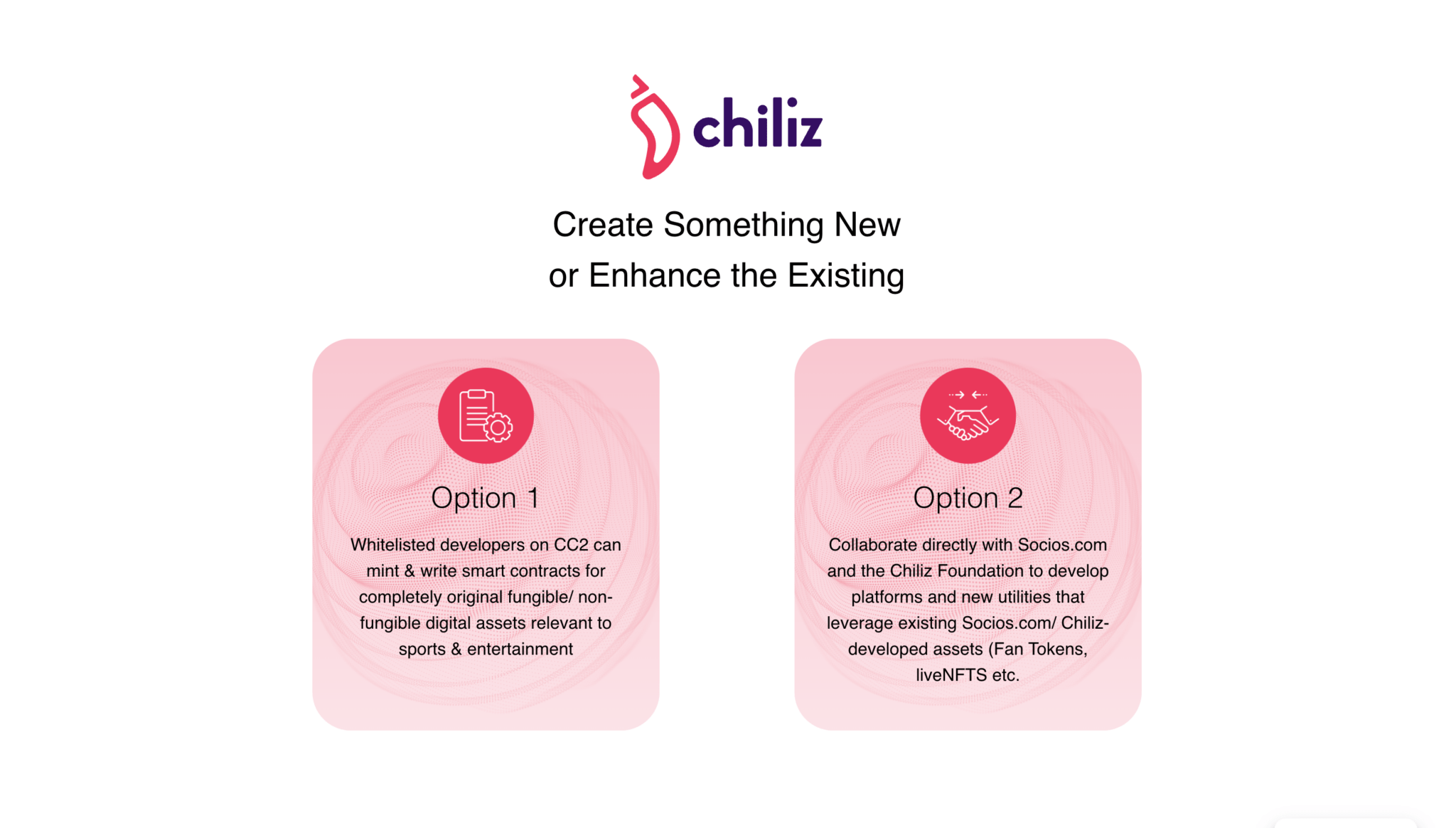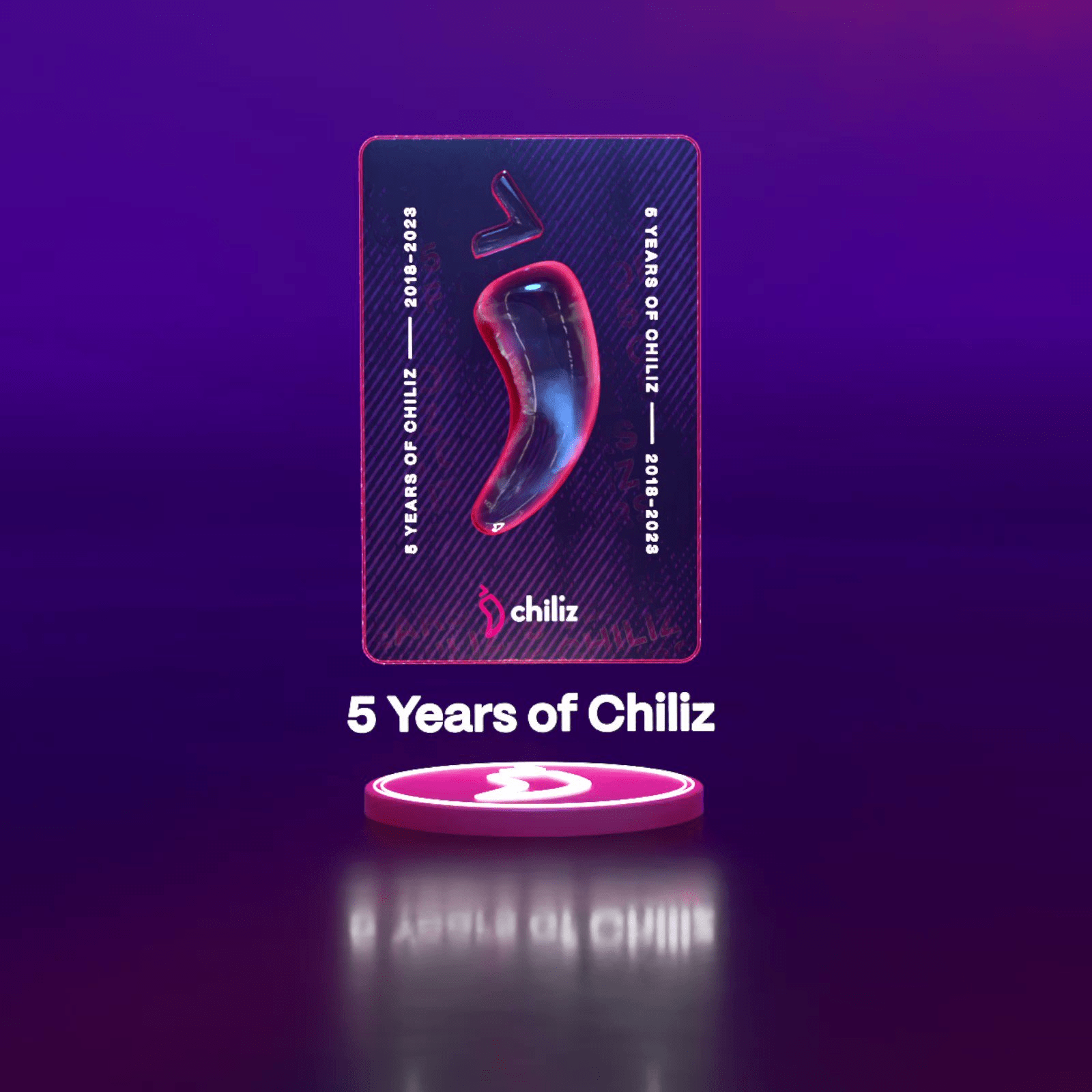Chiliz’s Important Updates Entering The EVM-Compatible New Era

Chiliz will also continue to explore the commercialization of the IP authorization model, deploying fan tokens and NFT solutions, taking this opportunity to update its own brand image, and simultaneously signing Korean football star Minjae Kim as its official ambassador, exploring more business models in sports and entertainment. The project will announce up to 10 startups that will operate on the chain, with businesses ranging from NFT ticketing, athlete-focused fan tokens and crypto infrastructure partners.
Keeping up with Ethereum: PoSA and EVM compatible
Chiliz was founded in Malta by Alexandre Dreyfus in 2018. It started to establish in-depth cooperation with many football clubs. Through the FTO (Fan Token Offering) model, users can purchase tokens of relevant teams on Socios.com, developed by Chiliz. The club can control the authority of token holders through smart contracts, everything from jersey pattern design to team daily governance.
In the CC1.0 (Chiliz Chain 1.0) era, Chiliz’s operating model is highly centralized, and everything from IP authorization to platform governance is highly controlled by the project party, fully demonstrating its PoA (Proof of Authority) consensus mechanism.
The focus of this CC2.0 (Chiliz Chain 2.0) update will shift from the PoA model to the PoSA (Proof-Of-Staked Authority) mechanism, and the Chiliz ecosystem will be open to developers, verifiers, and customers.
Specifically, the technical update will include the following points:
Only authorized verifiers can submit blocks. In addition, double-sign detection and other punishment mechanisms (slashing logic) will further ensure the security and stability of the Chiliz chain.

In terms of governance model, CC 2.0 will also be more adaptable to the PoSA mechanism and “its own characteristics”. own track.
Specifically, the governance of CC 2.0 will revolve around CHZ. The current governance plan is still under discussion. The official website shows that CC 2.0 may be a centralized governance structure. The proposal is limited to the Chiliz team, and the consensus after voting will be determined by the nodes. Owners (Validators) execute.
In addition, a decentralized array of 11 CHZ staking nodes at the launch of the EVM-compatible chain will participate in proposing and whitelisting solutions. Only whitelisted entities can participate in the governance process and development. According to the official statement, the Gas Fee of CC 2.0 is about 200 times cheaper than that of the Ethereum mainnet, and it can support high TPS, achieving the deployment efficiency of Layer 2 with Layer 1 compatibility.
After turning to the PoSA model, CC 2.0 will also adopt more on-chain pledge and governance solutions. In the current document, Chiliz divides the pledgers into two groups: Validators and Delegators.
- Validators: A node must be running and a large amount of CHZ locked into it for creating and validating blocks;
- Delegators: Able to participate in the staking pool maintained by Validators with a lower number of tokens, enabling communities with less CHZ to participate.
However, it should be noted that the APR of the pledge reward has not yet been finalized, and the degree of centralization brought about by fewer verification nodes will also be high. It remains to be seen whether PoSA governance can be truly realized. Of course, in this way, its mainnet speed of operation will be improved, which will also help it expand its market space.

Moreover, CC 2.0 will also expand to support more asset models and native tokens, specifically as follows:
Launched the CAP-20 (Chiliz Advancement Proposal) token standard. It is fully compatible with ERC-20 and will expand its usage scenarios, such as support for more synthetic assets, such as stocks and stablecoins.
Gradually access more assets in CC 2.0. Such as introducing other EVM-compatible chain tokens to the Chiliz mainnet.
Changing and unchanging: Sticking to the IP model and the entertainment industry
This CC 2.0 update is not only a change in its own mechanism but also part of its 5th anniversary. After its establishment in 2018, Chiliz has focused on business models such as Play to Earn games, Watch to Earn sports events, and NFT live event ticket payment.
Chiliz cooperates with more than 170 major sports organizations through the Socios.com platform, including FC Barcelona, Paris Saint-Germain, Manchester City, Juventus, Naples, Inter Milan, AC Milan, Arsenal, Atletico Madrid, and F1 teams.
In the second half of 2022, FanFest company and fan-driven company LiveLike have joined the Chiliz ecosystem, such as providing NFTs of “WatchtoEarn” to broadcasters and media partners.
In addition, CC 2.0 will also bring Chiliz’s rebranding plan, such as transforming its own icon into “Little Pepper”, launching the Scoville (Scoville Index) testnet, and signing Korean football star Minjae Kim, committed to exploring more market segments.

Chiliz will also explore beyond NFT ticketing, including more identification systems and fan tokens around the personal identity of athletes, and will also try more combinations of NFT and sports in addition to traditional competitive sports and entertainment fans.
Conclusion
As a public chain in a specific field, Chiliz has accumulated enough IP resources so far. This CC 2.0 upgrade shows its restraint and radical sides. It has not completely moved towards a decentralized technical architecture and governance model but maintains a high degree of Centralized operation capabilities to better connect with brand/IP resources.
At the same time, after it is fully compatible with EVM, it will open up the possibility of integrating many assets on the chain, which is very important for Chiliz today. How to better integrate the sports economy and fan tokens with blockchain technology is still a relatively long-term business challenge for Chiliz.
DISCLAIMER: The Information on this website is provided as general market commentary and does not constitute investment advice. We encourage you to do your own research before investing.






 Bitcoin
Bitcoin  Ethereum
Ethereum  Tether
Tether  USDC
USDC  TRON
TRON  Dogecoin
Dogecoin  Cardano
Cardano  Bitcoin Cash
Bitcoin Cash  Chainlink
Chainlink  LEO Token
LEO Token  Stellar
Stellar  Zcash
Zcash  Monero
Monero  Litecoin
Litecoin  Hedera
Hedera  Dai
Dai  Cronos
Cronos  OKB
OKB  Tether Gold
Tether Gold  Ethereum Classic
Ethereum Classic  KuCoin
KuCoin  Gate
Gate  Algorand
Algorand  Cosmos Hub
Cosmos Hub  VeChain
VeChain  Dash
Dash  Tezos
Tezos  Stacks
Stacks  TrueUSD
TrueUSD  Basic Attention
Basic Attention  IOTA
IOTA  Decred
Decred  Theta Network
Theta Network  NEO
NEO  Synthetix
Synthetix  Qtum
Qtum  Ravencoin
Ravencoin  0x Protocol
0x Protocol  DigiByte
DigiByte  Zilliqa
Zilliqa  Nano
Nano  Holo
Holo  Numeraire
Numeraire  Siacoin
Siacoin  Waves
Waves  Ontology
Ontology  Enjin Coin
Enjin Coin  Status
Status  BUSD
BUSD  Pax Dollar
Pax Dollar  Hive
Hive  Lisk
Lisk  Steem
Steem  Huobi
Huobi  NEM
NEM  OMG Network
OMG Network  Augur
Augur  Bitcoin Gold
Bitcoin Gold  Ren
Ren  Bitcoin Diamond
Bitcoin Diamond